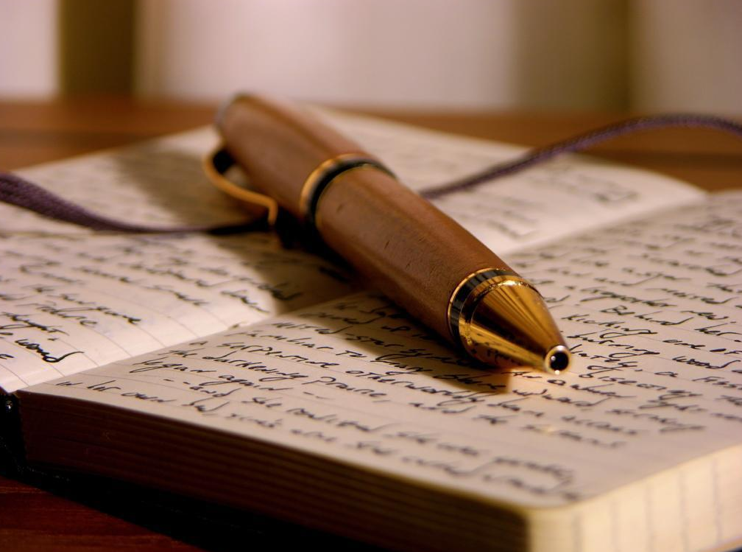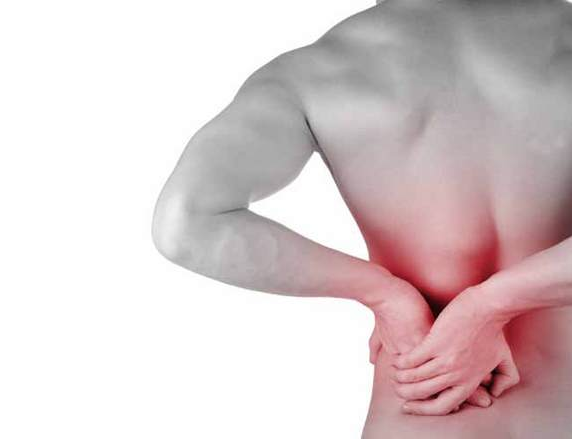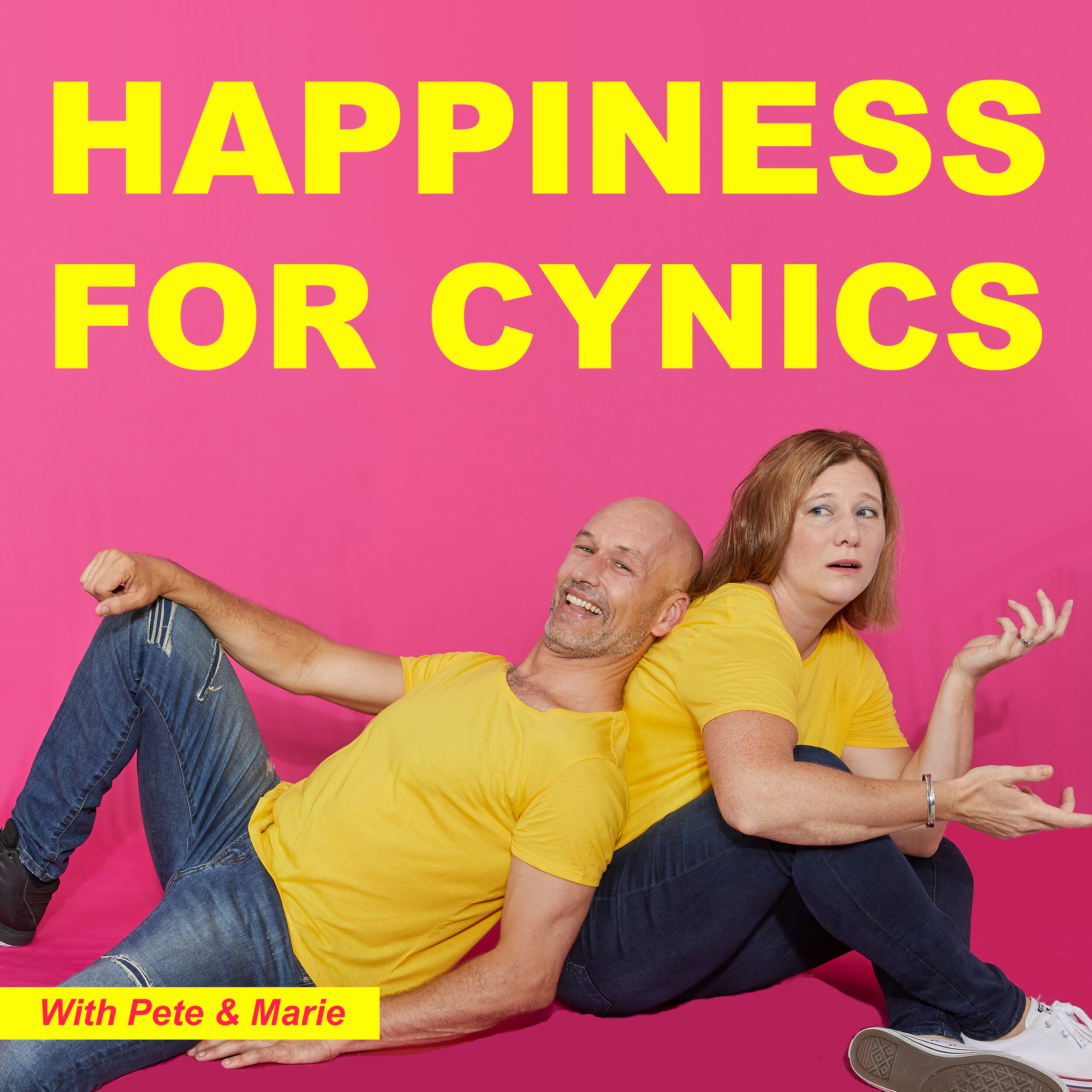MOVE IT OR LOSE IT. It's a simple process of using what you have so you can keep it active and toned. If you want your brain to remain active and not suffer from dementia - exercise it. If you want your knees to stop aching in the winter - get them moving, get them active and they will respond. Sitting down is not going to give anyone a better, healthier outlook on life.
With any injury, there is associated compensation. The body is very good at adapting. What this means is that the body will 'find a solution' if it cannot perform a movement utilising the known or 'normal' means of activation/contraction. (biomechanics) If a hamstring is not firing properly or is compromised, the body will utilise the power of adductors to complete a movement. If a shoulder stabiliser goes 'down', the body will recruit from another muscle in the chain to stabilise the shoulder for movement.
Shoulder injuries are amongst the most notorious and debilitating of beasts. They are amongst the most popular of issues presented to me in my working life and I will admit, one’s that will result in people giving you a random hug in a coffee shop months later when they remember that you helped fix their shoulder (TRUE). It’s not that the shoulder is the most painful of injuries or the most drastically impactive, but it is very much the most difficult one to get right. Due to it’s anatomy, it only responds to diligent treatment and adherence to treatment protocols. In other words – it’s a team approach (more homework for you).
When we are injured the one thing we all want to feel is 'less pain'. At a fundamental level though, pain is there to make you realise something is wrong. It's there to 'tell you something'. It serves a purpose and if that purpose is to STOP you from doing an action that is going to hurt you or make the injury worse then you need to listen to that. Of course sustained pain is boring. It's just something that we don't want to have to put up with day in and day out. This is where acute pain and chronic pain differ in nature and likewise, usually, the treatment protocols for both these types of pain are very different. In this post we are dealing with ACUTE pain.
Headache pain and migraines are influenced by many factors and the mere band-aid effect of paracetamol covers the topical pain relief but does little for the ongoing maintaining and treatment of such a condition. There are so many causes for headache and migraine pain and it covers a broad and varying degree of conditions, from a mild unpleasant and irritable throbbing, to blackouts, vomiting and loss of bladder control. Sensitivity to light also features prominently in migraines themselves so the degree to which people suffer as well as the causative effects are large, varying and numerous.
The big thing about exercising in the heat is staying hydrated. Even for those of us who don’t really exercise as such but are doing more activity in the sun, we need to be mindful. Everyone knows about it and everyone 'aims' to stay in tune with their hydration, but do we really understand how to tell if we aren't getting enough hydration?
Gout is typically a form of inflammatory arthritis with a chemical cause as opposed to a degeneration of the joints. It is caused from deposits of sodium urate (uric acid) in and around the joints and especially in the feet! Ordinarily uric acid is removed from the blood stream via the kidneys, which filters uric acid out of the blood stream. Any issues that prevent this from occurring creates hyperuricemia which is the primary risk factor for gout. Too much uric acid creates small needle like crystals that tend to collect in the feet and grind and irritate the synovial joints in the metatarsals. The feet tend to be the focus of these collections partly due to gravity and partly due to the slightly decreased temperature found in the extremities that allows the crystallisations to form. This creates inflammation and irritation of the joints and thus pain.
Muscular soreness and fatigue is probably the most obvious challenge to recovering from an event. Muscle fibre necrosis in post event athletes can take up to 2 weeks to recover to adequate levels to allow for re-engaging with training or physical activity. Thus resting sufficiently to allow for repair is ideal. This doesn’t mean parking yourself on the couch and setting yourself up with the latest Netflix series and never leaving the house.
Shoulder Dislocation is the term that is often thrown around for any disruption to the shoulder area. However, technically this is not true as a dislocated shoulder refers more to the joint that is the glenohumeral joint. When the arm bone comes out of the fossa (socket) this is technically a shoulder dislocation.
Injury to the Acromio-Clavicular joint is slightly different and technically is termed a Separated Shoulder. It is usually the dislocation of this ‘strut’ that lies over the top of the actual ball and socket joint (glenohumeral) which is the shoulder articulation. The AC Joint is particularly indicated when you have a fall or impact to the area. And just to make more use of the anagram (or ‘I’m rather clever speak’) the term coined is FOOSH (Fall On OutStretched Hand).
osterior knee pain can often be a warning sign for ligamentous damage and stability of the knee joint in flexion and can be a sinister omen of issues with the knee joint itself. However, it can also be a smaller issue related to a muscular tightness that is involved directly in knee flexion and that isn’t part of the hamstring group – the popliteus.
There is a movement of Bio-mechanics which is loosely explained as the ‘physics of movement’. This is looking at the intrinsic value of natural movements and the mechanics of what goes on with our bodies and the amount of movement that we are capable of, the history of movement we are built upon genetically and the science on how the body can move (right down to a cellular and microscopic level). Understanding movement and the possibilities therein has massive effects on how we can function more effectively and efficiently so that our whole system (not just our muscular/connective system) avoids pain.
It’s always wonderful to hear client’s stories of achievement. Receiving praise is the elixir of joy for my job. But I am not the miracle worker here. I don’t do the work. It’s up to the individual to put in the hours and time to get results. I just push things around and create the capacity for function. To achieve the tasks, it has to come down to the individual commitment. Even if it’s just fixing a sore shoulder, if the individual doesn’t put in what is needed – the results do not come!
The chewing action of jaw is often taken for granted, but this highly specialised joint is something that can have far reaching implications to sufferers. TMD (Temporomandibular Joint Disorders) or TMJ (Temporomandibular Joint) issues are often cited by medical professionals as a cause of all manner of symptoms and ailments. Like 'sciatica' many 'Dr Googles' lead people to believe that they have this condition that becomes a generic term describing any pain that may sometimes be inexplicable or undefinable.
Bell's Palsy presents in clients from a wide array of conditions. It can be brought about by a myriad of causes and contributors and is often a secondary condition for those having to undergo surgery or work to the upper cervical or cranium area. Often the symptoms can sneak up on sufferers and can vary from fluttering of muscles, to full paralysis of the face.
Sports and Remedial are two very different beasts indeed. The word Remedial indicates ‘to supply a remedy’. In terms of applying it to a health based doctrine, ‘healing, curing, curative’ are the words to determine the term Remedial. Sports is likewise a definitive term, implying action or activity of a sporting nature and a certain amount of physical exercise based in the action. So what is the difference when it comes to massage?
When a change in job and career came for a regular client, something had to give from his usual routine. His training stayed but his regular massage treatments didn't. I didn’t see Bill for almost 3 months. Having been my most regular client over the past 8 years, I was intrigued when eventually I saw Bill again on my table, what the effect of having not had his regular treatments had brought to his work/life/training balance. So what did he find different?
Dry Needling is a technique that uses acupuncture style needles to release muscles, tendons, ligaments and fascia. This is very much an invasive process designed to alleviate chronic and acute pain as well as work to remedy injuries and overuse syndromes.
Scoliosis is a description and not a diagnosis. There are many variations of the condition and some are helped with exercise and physical therapy, whilst other more extreme cases are more obstructive and can result in surgery and correction via braces and rods. But how to identify and manage a mild scoliosis and still have everything in alignment and functioning well?




